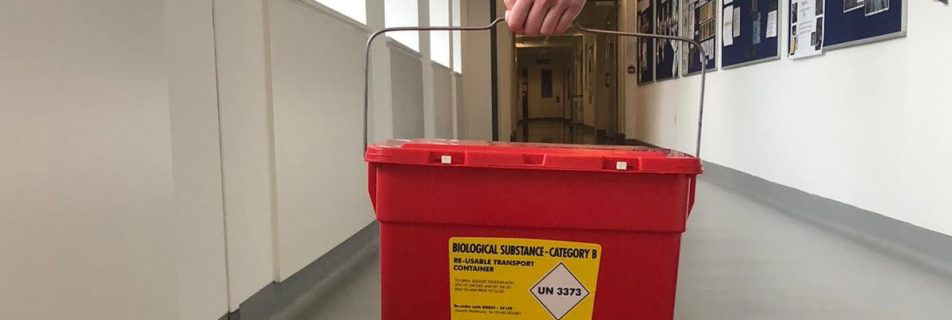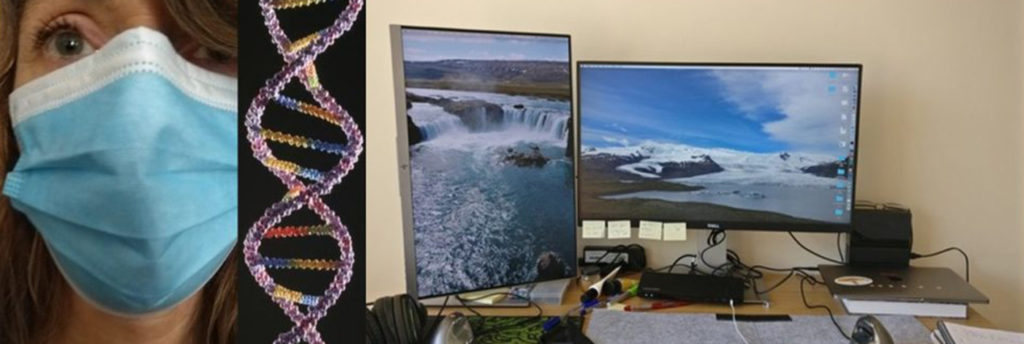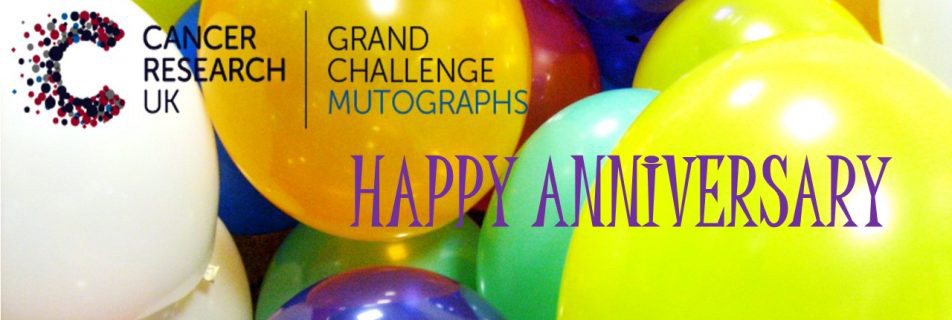What we learned in Lyon
In July 2019, the Mutographs team held a conference in Lyon, France that brought together our collaborators from across the world. Here, the patient advocates for the Mutographs project, Maggie and Mimi, share their thoughts and things they learned on the conference.
There had been a heatwave in Lyon the week before we were due to arrive for the Mutographs conference, with temperatures reaching 40oC. So whilst we were looking forward to learning more about the project’s progress, we were hoping that it might at least be in cooler temperatures! Fortunately, by the time we touched down in Lyon, it had cooled off a bit and so we were happy to arrive at the IARC building, bright-eyed, bushy-tailed and ready to learn.
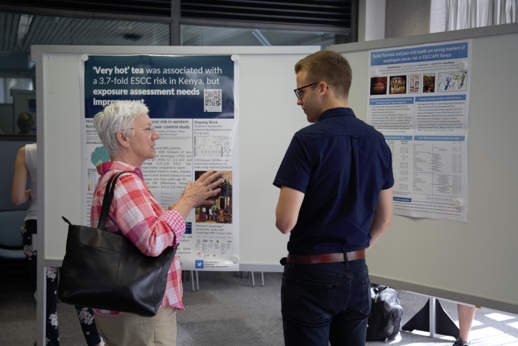
Steering groups and satellites
The conference lasted two days, but the day before things officially kicked off there were a few small satellite meetings. Some of these meetings were on technical aspects of the project, but we also led a session on patient involvement and public engagement. It was great to see so many members of the Mutographs team eager to find out more about how to make sure patient voices and experiences can be used in their work, and how they can engage with their local communities. We also took part in the project’s steering group meeting where we gave our views on progress so far and what we’d like to see happen in the future.
Learning lessons
At the start of the first full day of the conference the lead researcher Professor Mike Stratton gave a fantastic overview of the project. We also heard updates on progress from each of the work area leads. The rest of the day focused on discussing specific aspects of the project, including some interesting early findings suggesting there may be different DNA signatures in oesophageal squamous cell carcinoma in different countries. There were also talks on what has been learned so far. This included from the technical point of view, such as how to develop better computer-based tools to generate the DNA signatures that are central to the project. Some presenters explained how findings from similar projects could feed into Mutographs. One example was from a large study in Iran, which identified that drinking extremely hot tea and using opium were key cancer-causing suspects. The Mutographs project is continuing to build on these earlier findings.
The second day was more nerve-wracking for us as we were giving a talk. This was a slightly daunting prospect in front of over 100 people! We gave an update on what we learned so far on our field trips. You can read our blog on our trip to Kenya to find out more, and keep your eyes peeled for our upcoming blog about the trip to the Czech Republic.
Science on a grand scale
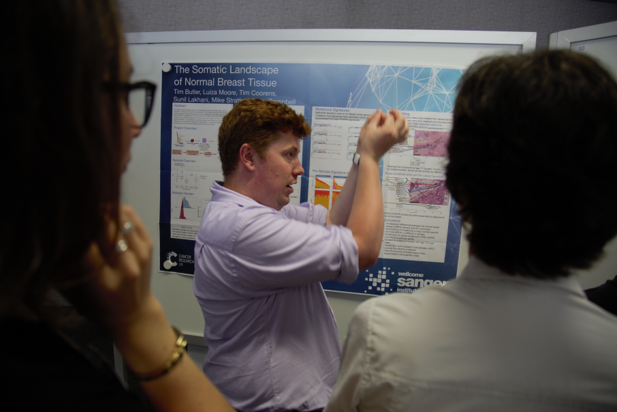
Overall, the conference gave us a great sense of progress. Mutographs is a huge project and covers so many different aspects of cancer. It also requires an enormous amount of collaboration across five continents. Each work area specialises in different methods to help spot preventable causes of cancer, from generating the DNA signatures to developing organ-like structures in the lab that are used to create a database of suspect signatures. We were pleased to hear that there has been progress in each work area. The number of countries and recruiting centres for collecting tumour samples is also expanding, contributing even more data and knowledge for the project.
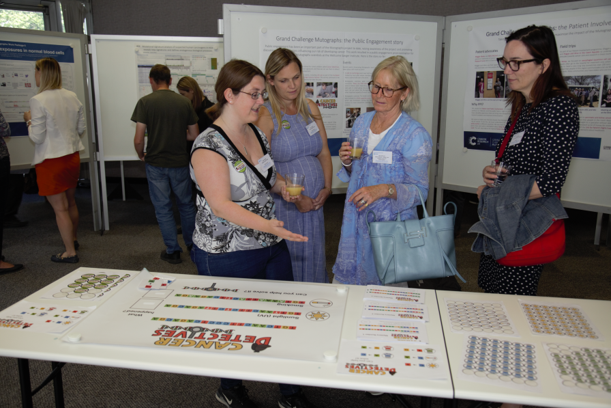
These are exciting times for Mutographs, and we look forward to continuing discussions with the research teams and work area leads to make sure that patient and public voices are heard throughout the project.

